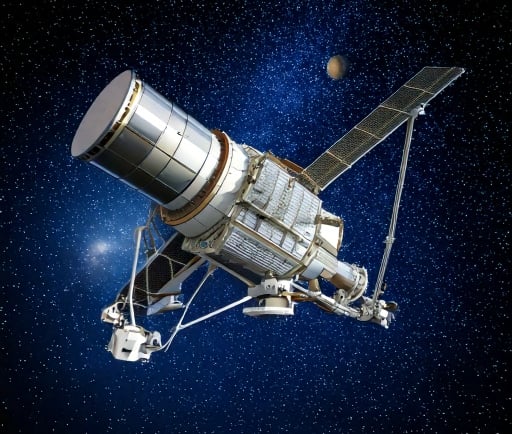The Legacy of the Spitzer Space Telescope: Unraveling the Solar System


Introduction to the Spitzer Space Telescope
The Spitzer Space Telescope has made significant contributions to our understanding of the universe during its 16 years of operation. Launched in 2003, Spitzer was designed to observe infrared light, allowing astronomers to penetrate the dust clouds that obscure many astronomical phenomena. Its innovative technology has led to groundbreaking discoveries, reshaping our comprehension of planets, stars, and galaxies.
Key Discoveries by Spitzer
Among its notable achievements, the Spitzer Space Telescope unveiled the magnificent giant ring of Saturn, a sight that has fascinated astronomers and the public alike. By capturing stunning images and detailed analysis, Spitzer provided evidence that enhanced our knowledge of planetary systems within our solar system.
Moreover, one of Spitzer's landmark discoveries was the detection of a system comprising seven Earth-size planets that orbit a star located approximately 40 light-years away from our planet. This remarkable find sparks curiosity about the potential for life beyond Earth, contributing to a broader conversation about exoplanets and their atmospheres. The telescope’s ability to observe the infrared emissions of these worlds has been crucial in understanding their characteristics, composition, and the possibilities for habitability.
Studying Distant Galaxies
Beyond our planetary neighbors, the Spitzer Space Telescope also embarked on a mission to study distant known galaxies. It aided in mapping and investigating the formation and evolution of these celestial structures, pushing the boundaries of what we know about the early universe. Spitzer's observations have revealed critical insights into galaxy formation, providing a better understanding of dark matter and the role it plays in the cosmos.
Throughout its operational life, the Spitzer Space Telescope has operated alongside other observatories, thereby enriching the collective knowledge and fostering collaboration within the astronomical community. Its unique ability to observe light at infrared wavelengths complemented the observations made in optical and radio telescopes, bringing about a comprehensive view of the universe.
Conclusion: The Impact of Spitzer's Findings
The legacy of the Spitzer Space Telescope is indelibly marked by its remarkable discoveries. Its findings on the giant ring of Saturn, the seven Earth-like planets, and distant galaxies underscore its significant role in expanding our cosmic horizons. As we reflect on its contributions, we are reminded of the profound mysteries that still remain and the importance of continued exploration and technological advancements in the field of astronomy.
